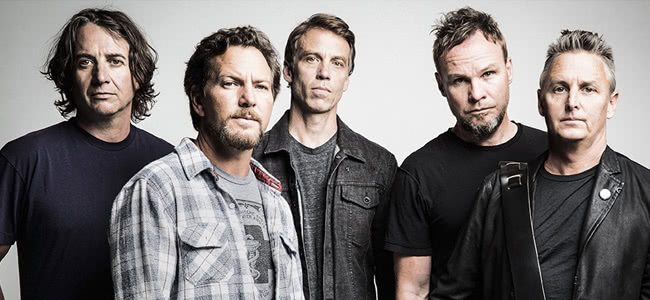The nominations for induction into the Rock & Roll Hall of Fame were announced this morning and sitting on a list that also included the likes of Tupac Shakur and Janet Jackson were Pearl Jam.
The grunge icons were a “heavy favourite” going into the nominations and are basically a shoo-in, considering the longevity of their career, their influence and popularity, and their relationship with the Rock Hall.
To celebrate the band’s nomination for the Rock Hall class of 2017, we decided to go ahead and do like we did with Queens of the Stone Age and The White Stripes and rank their albums from worst to first.
Lightning Bolt (2013)
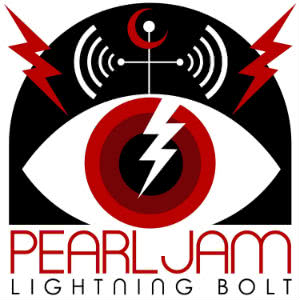
It’s interesting that a band so progressive politically could be so conservative musically. In reality, Lightning Bolt doesn’t do (or not do) anything we didn’t hear on the band’s self-titled album, which we gave a higher ranking.
That said, it felt like the songs on the 2006 release had more spark than those found on Lightning Bolt (ironic, huh?). The band just seem content to follow their well-worn, riff-centred formulas on almost every song.
This would be fine if the riffs were as good and vibrant as those on Ten or Vitalogy, but they’re just not. Ultimately, Lightning Bolt proved to be a forgettable effort from a band that now stand as elder statesmen of alt-rock.
Backspacer (2009)
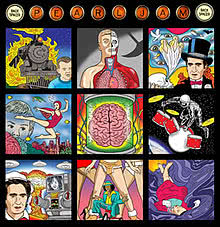
Many say the band’s self-titled effort sounds dated these days because of the political climate it embodies so vividly. Well, the same could certainly be said of the sonic curve ball of Backspacer, with its more art rock-bent sounds.
Released shortly after the election of Barack Obama to the US Presidency, the album was uplifting and brimming with hope. Yes, Vedder and co had well and truly drunk the Kool-Aid and were getting ready for the world to finally pick itself up and make things right.
Of course, it’s not Backspacer‘s fault that things basically became worse in the years that followed, but even the songs on the album are hardly memorable. Though it’s nice to hear such a joyful and optimistic Pearl Jam.
Riot Act (2002)
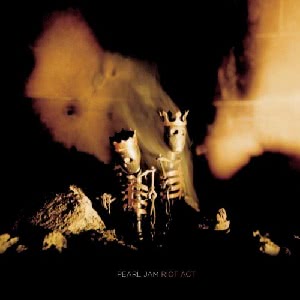
No Code may have been a disappointment to old Pearl Jam fans, but at least it was sonically interesting and even had moments of truly inspired songwriting. Riot Act, on the other hand, was the first time it felt like the band were phoning it in.
But it’s not like you can really blame them. The album was recorded in the wake of nine deaths during one of the band’s performances in Denmark and of course, the world-shattering events of 9/11. So it’s no surprise the band sound fed up and lethargic.
Still, there are some bright moments of the album, even if they happen to be very dark, including ‘I Am Mine’, which still bears some of Vedder’s best lyricism to date, as well as the raucous ‘Save You’ and the heartfelt ‘Love Boat Captain’.
No Code (1996)
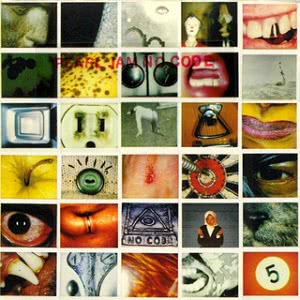
No Code is the sound of Pearl Jam stripping themselves of the arena rock mould that had been crafted around them. There were no Billboard hit singles (the highest charting single on the album peaked at 31) and many fans were frankly disappointed by the record.
No Code is like the runt of the Pearl Jam family and is often unfairly overlooked during discussions of the band’s output. Admittedly, few Pearl Jam fans consider No Code to be their favourite album.
But what No Code did that was so remarkable was showed, quite vividly, this other side to Pearl Jam that had been lying and waiting all this time.
Pearl Jam (2006)
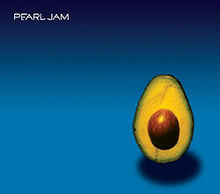
Known to many fans as ‘The Avocado Album’, Pearl Jam’s 2006 self-titled release was the ‘going back to our roots’ album that fans wanted Yield (and really, Binaural and Riot Act) to be.
This time around Vedder’s gaze was pointed firmly outward and Pearl Jam proved to be the band’s angriest release since Vs. Vedder and co let everybody have it, but especially the US government.
Arguably the album’s political bent dates the album slightly (just wait until we get to Backspacer), but songs like ‘Life Wasted’, ‘Big Wave’, ‘World Wide Suicide’, and ‘Comatose’ are as propulsive and fiery as anything in the band’s catalog.
Binaural (2000)
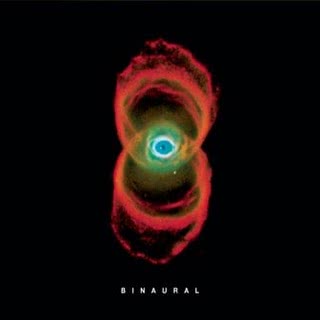
Vitalogy sparked an experimental streak in the band that lead them from the grunge era through to the dawn of the 2000s and to arguably their most experimental album yet. The album was even named after one of the recording techniques used during sessions.
Clearly the album wasn’t so much about timeless rockers like ‘Alive’ and ‘Jeremy’. The band were going for mood over anything else, as evidenced on slow, creeping numbers like ‘Of The Girl’ and ‘Nothing as it Seems’.
There’s always something lurking in the shadows on Binaural and it sometimes makes the album an unnerving and uncomfortable listen. But it also stands out in the band’s discography as perhaps Pearl Jam’s most un-Pearl Jam album, in the best sense.
Yield (1998)
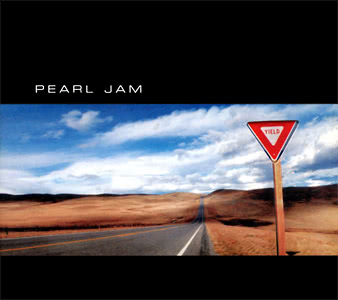
Following on from the curve ball that was No Code, many were relieved to hear Pearl Jam make a return to their rockier, grunge-era sounds on songs like ‘Do The Evolution’. But Yield wasn’t quite the back-to-their-roots album the masses wanted.
We’d heard Vedder sing at length about his childhood, his upbringing, and his years as a teen and young adult. But what happens when the confused and angsty teen running through the dark on albums like Ten and Vs is a grown man fronting the world’s biggest band?
You get Yield, on which Vedder takes the incisive gaze that had previously been trained on himself and starts to point it outward. And even when he’s singing about himself, he’s doing it with more self-assurance. Even Gossard and bassist Jeff Ament contribute lyrics.
Vs (1993)

It’s almost as if this album was perfectly crafted to find its way into the record collections of angsty teens worldwide. Everything from the song titles — ‘Blood’, ‘Leash’, ‘Rearviewmirror’ — to the unforgettable cover scream anger.
And indeed there’s plenty of that. On songs like opener ‘Go’ and ‘Glorified G’, Vedder spits venom about everything from abusive relationships to America’s obsession with guns, but <emVs is distinct for the way it expanded PJ’s sonic palette.
Songs like ‘Daughter’ and the obtusely titled ‘Elderly Woman Behind the Counter in a Small Town’ were acoustic-driven ballads that further solidified Vedder as a thoughtful and often poetic lyricist with a keen eye for imagery.
Vitalogy (1994)
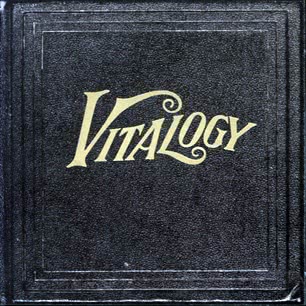
For many, Vitalogy is still the jewel in the Pearl Jam crown. It’s easy to view Ten and Vs as a set, since they both bear the same level of fiery grunge horsepower and were released at the height of that era.
But Vitalogy is the record where Pearl Jam cleared a path beyond grunge. It was the album where Vedder assumed creative control of the band and fostered an experimental bent that would be further explored on the ensuing albums.
We already knew Pearl Jam could hold their fists up, but sitting side by side with its moments of ferocious power (‘Not For You’, ‘Spin The Black Circle’), Vitalogy was deeply pensive (‘Immortality’), playful (‘Whipping’), and even sentimental (‘Nothingman’).
Ten (1991)
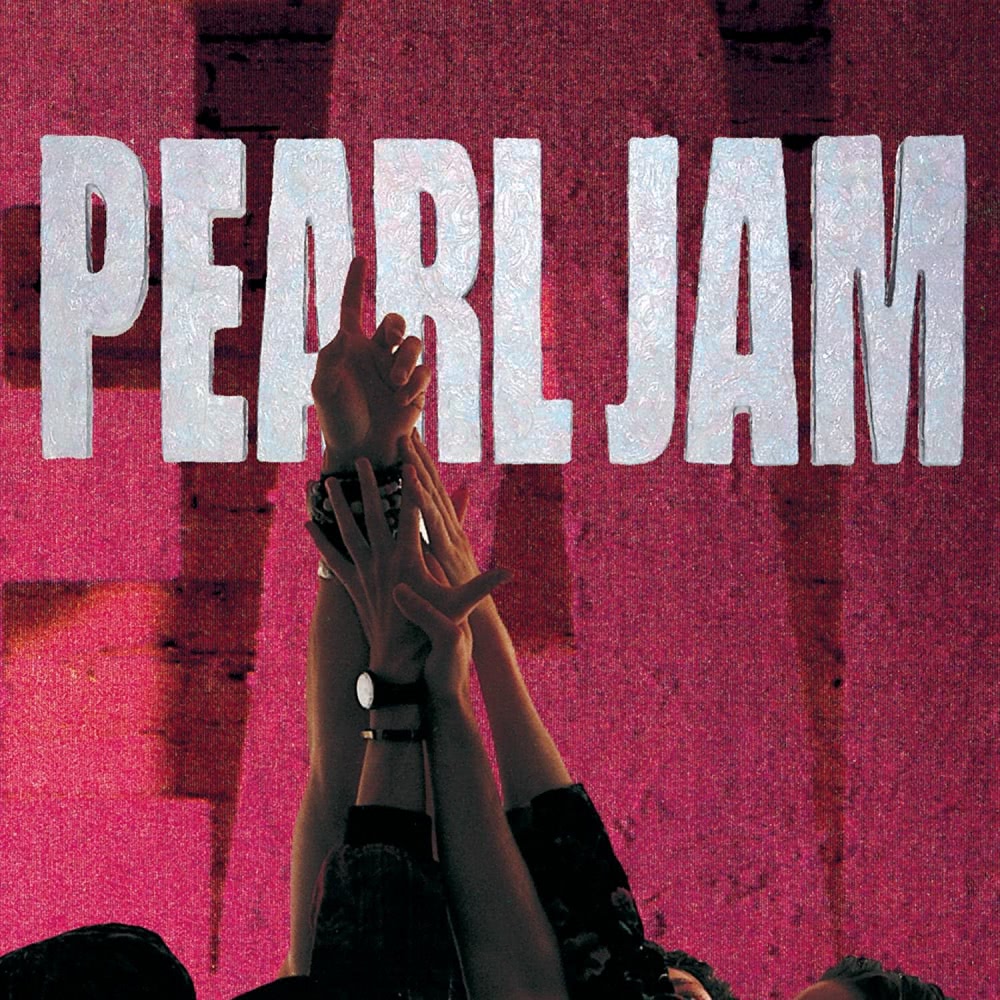
That a band could release a debut album so confident in its own sound and personality is truly remarkable, though it makes sense once you remind yourself that most of PJ’s members had been in bands since the early ’80s
Released a month before Nirvana’s Nevermind, Pearl Jam’s debut album helped usher in the era of popular music we now refer to as ‘grunge’. But Pearl Jam were clearly a different beast to the rest of their grunge peers.
Eddie Vedder’s cathartic, autobiographical lyricism (‘Alive’, ‘Release’) and the highly technical, gymnastic guitar work of Stone Gossard and Mike McCready (‘Evenflow’, ‘Deep’) combined to make Pearl Jam a stadium rock band for the alternative era.






























